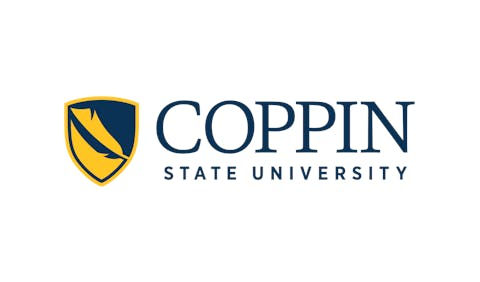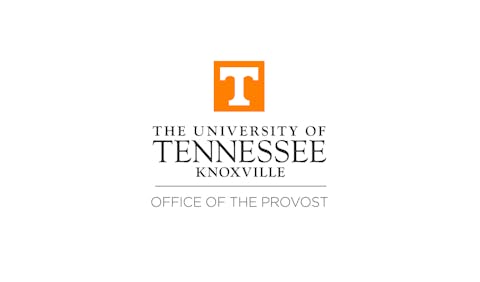A new report reveals that today's college students are navigating significant financial challenges while balancing competing priorities, yet they continue to believe in the value of higher education.
The Student Financial Wellness Survey, released this month by Trellis Strategies, documents the financial wellbeing of over 53,000 students from 104 institutions across 27 states. The Fall 2024 results paint a portrait of what the researchers call "the modern learner" – students whose complex lives often involve working, caregiving, and managing financial insecurity while pursuing their degrees.
"As we enter a new era of discourse around postsecondary education, understanding these realities and their influence on students is more important than ever," said Bryan Ashton, Managing Director of Trellis Strategies.
Financial fragility emerged as a dominant theme, with 56 percent of respondents reporting they would have trouble obtaining $500 in cash or credit to meet an unexpected expense. More alarmingly, 68 percent had run out of money at least once since January 2024, and 22 percent had exhausted their funds eight or more times during that period.
These financial stressors directly impact academic performance. Among students who experienced financial challenges, nearly half (48 percent) reported difficulty concentrating on schoolwork due to their financial situation.
Basic needs insecurity remains widespread, with 58 percent of respondents experiencing food insecurity, housing insecurity, or homelessness. The report found particularly high rates among former foster youth, with 83 percent facing at least one form of basic needs insecurity.
Mental health challenges also featured prominently, with 57 percent of respondents reporting feeling lonely sometimes or always. Many students showed symptoms of major depressive disorder (33 percent) and/or generalized anxiety disorder (44 percent). While nearly all participating institutions offered mental health services, 27 percent of students were unaware these resources existed.
The survey illuminates how today's students juggle multiple responsibilities. About two-thirds (67 percent) work while enrolled, with 43 percent of these working students holding full-time jobs. A quarter maintain multiple jobs simultaneously. When asked about their primary identity, 36 percent viewed themselves as "workers who go to school" rather than "students who work."
Family caregiving responsibilities add another layer of complexity. Nineteen percent of respondents were caregivers or legal guardians to children or other dependents. When faced with a hypothetical loss of childcare, 34 percent of student parents said they would need to drop classes or reduce their course load.
These competing demands create significant barriers to consistent class attendance. The survey found that 24 percent of parents had missed at least one day of classes due to lack of childcare, while 25 percent of working students had missed classes due to job conflicts.
Despite these challenges, students overwhelmingly affirmed the value of higher education. Seventy-three percent agreed that college is a good investment in their financial future, and 84 percent believed a college degree would provide them with a higher quality of life. Students at two-year institutions expressed particularly strong confidence in college's value and were more likely to recommend their schools to prospective students.
"The data collected in the Student Financial Wellness Survey tells a story of [students'] lives and provides hope that postsecondary education still holds value," Ashton notes. "However, these students deserve a higher education ecosystem that is empathetic and responsive to the realities that they face."
The report concludes by recommending several institutional practices to better support modern learners, including strategic course scheduling that accommodates students' work and family commitments, connecting eligible students to public benefits, developing work-based learning opportunities, and expanding emergency aid programs to help students weather financial crises.















